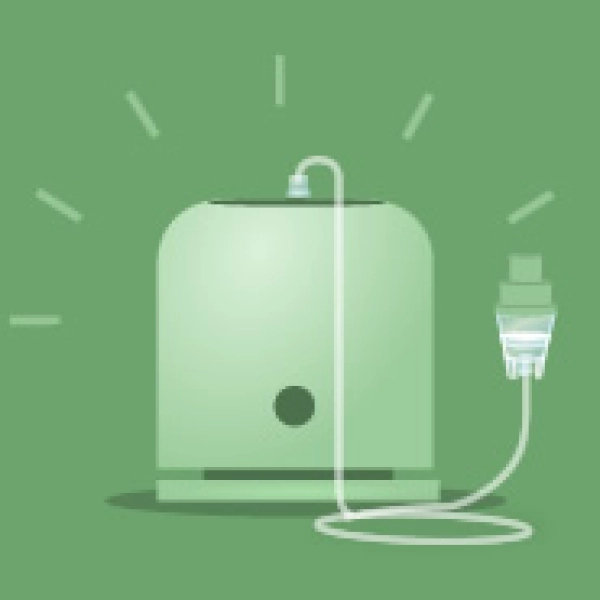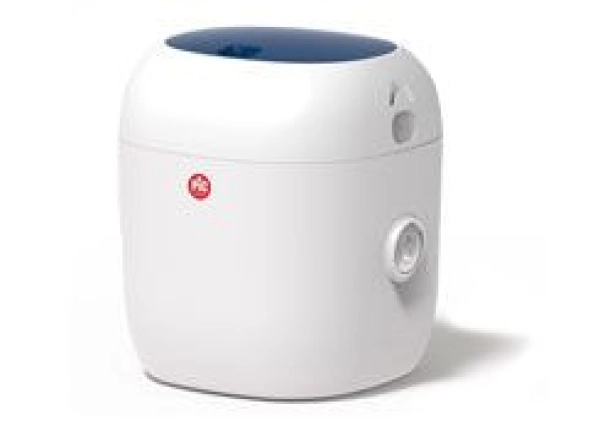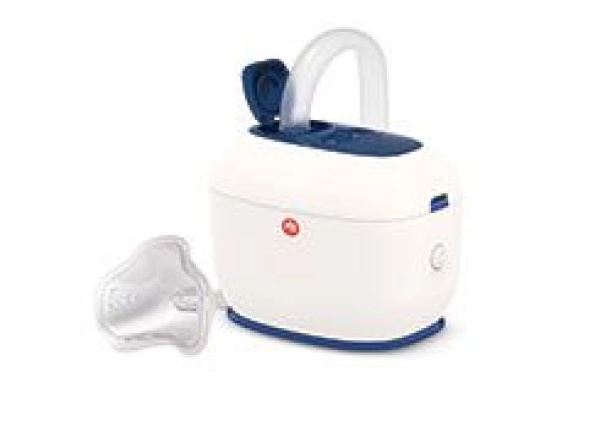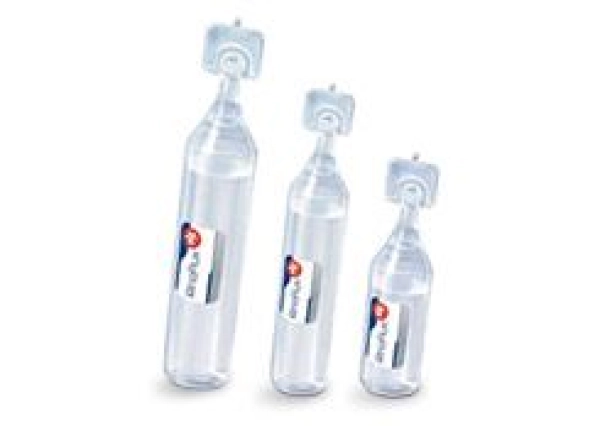

Active ingredients for each different respiratory condition, from asthma to bronchitis, are used for nebulizing. Some drugs act on the lungs, others on mucous secretions; basically,nebulizing is a technology that doesn't solve the problem, and only works if used with the right medication. This large chemical science family of remedies include mucolytics, bronchodilators, anti allergic drugs for prevention, cortizone and solutions made from natural products.
Some nebulizer drugs for coughs don't have an effect on the cough itself; instead they work on its side effects like mucous and phlegm, secretions released by the lungs when they've been hit by a respiratory infection like a cough or cold. They're called mucolytics and there is still not a unanimous agreement within the scientific community about their effectiveness. In fact, the Health Minister advises against giving them to children under 2. These nebulizer drugs are meant to "loosen" the catarrh and bring relief to the airways. The substances found in the drug that is to be diluted in the nebulizer act by changing the chemical properties of the mucous and other bronchial secretions, reducing their production or helping them to be cleared by the lungs (this is the expectorant action previously mentioned).
Another category of drug for use with nebulizers are bronchodilators, or quick-relief inhalers. This is a range of substances that relax the lung muscles fast and help to alleviate the symptoms of an asthma attack, for example. There are 2 types: long term and short term control. In short term treatments, these nebulizer drugs could be a solution in an emergency, whereas in persistent asthma cases, for example, long term ones can be used, but only under medical supervision.
Corticosteroids are cortizone-based aerosol drugs, and are not recommended for treating standard seasonal coughs or colds. In fact, just the opposite; they can turn out to be a determining factor for treatment of chronic asthma, obstructive bronchial infections and fibroids of the lungs. When inhaled with a nebulizer, cortizone-based drugs are still considered nowadays the most effective anti-inflammatory treatment for asthma. As before, a doctor will recommend the correct doses and concentration.
A specific range of nebulizer drugs deal with the prevention and treatment of respiratory allergies like hay fever caused by pollen. In this case, the most significant ingredient is cromoglicic acid, a substance for inhaling with a nebulizer for treating hay fever as well as preventing other forms of allergic asthma, especially in children.
Eucalyptus, lavender and pine-based essential oils can also be found in nebulizer medications. They are all substances made from active ingredients found in nature with thinning and antiseptic properties for treating respiratory infections. Essential oils must be diluted according to their potency, as some, like birch and cinnamon, can be very strong. On the other hand, saline solution for nebulization therapy is completely innocuous: it's a mixture of water and mineral salts that helps to keep the airways clean in order to prevent infection.




